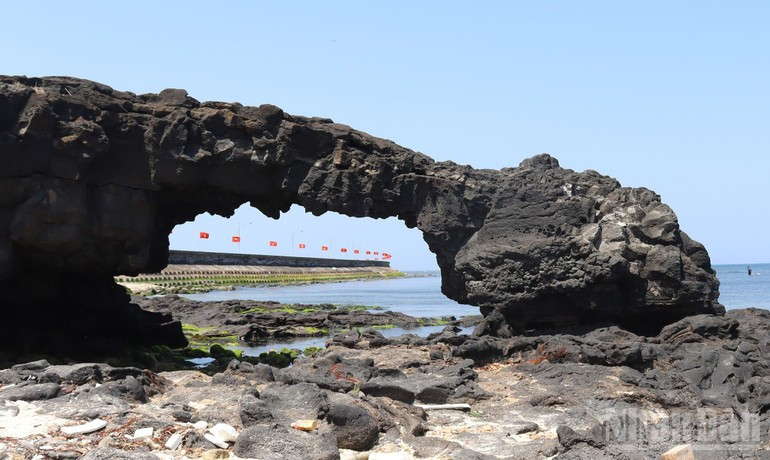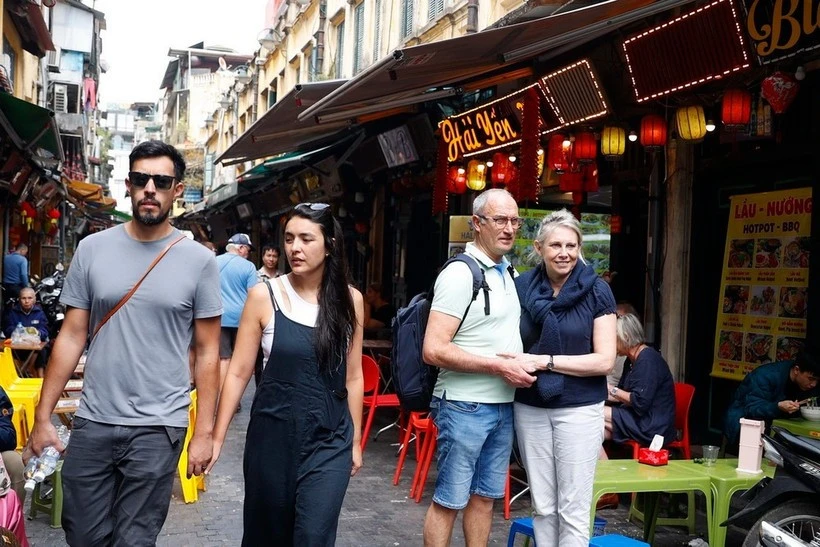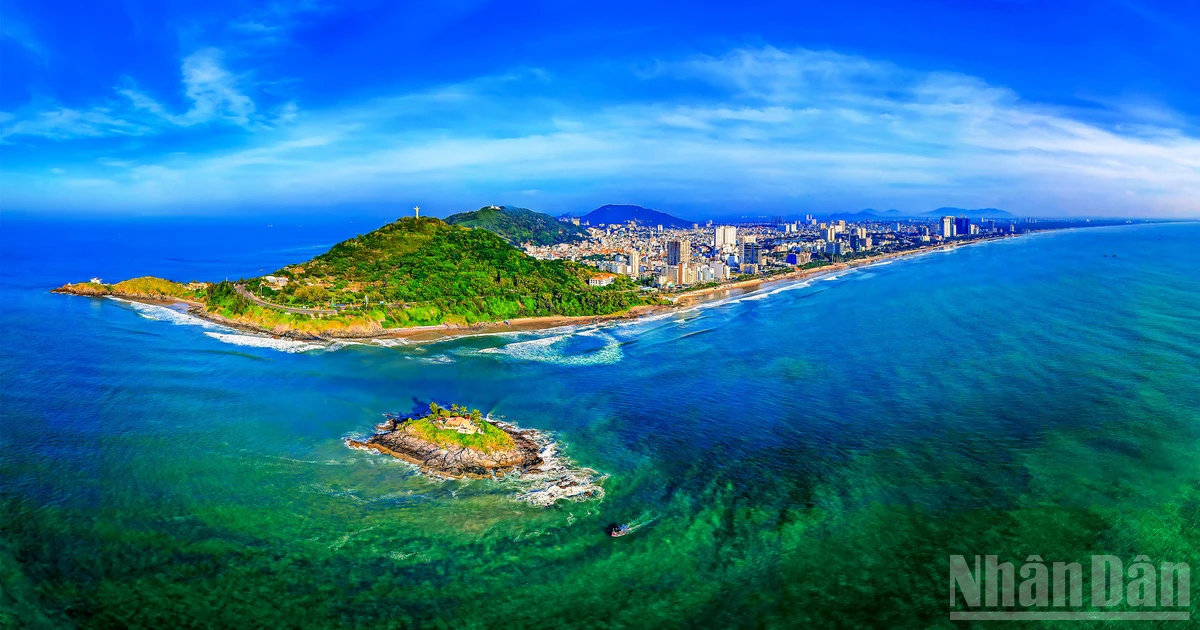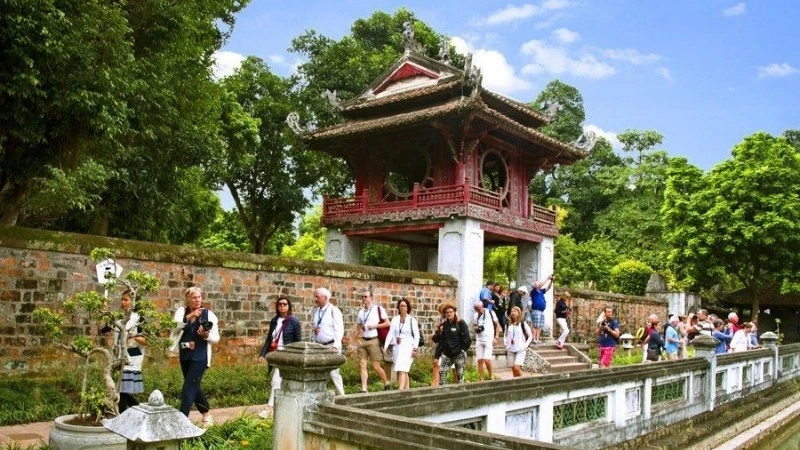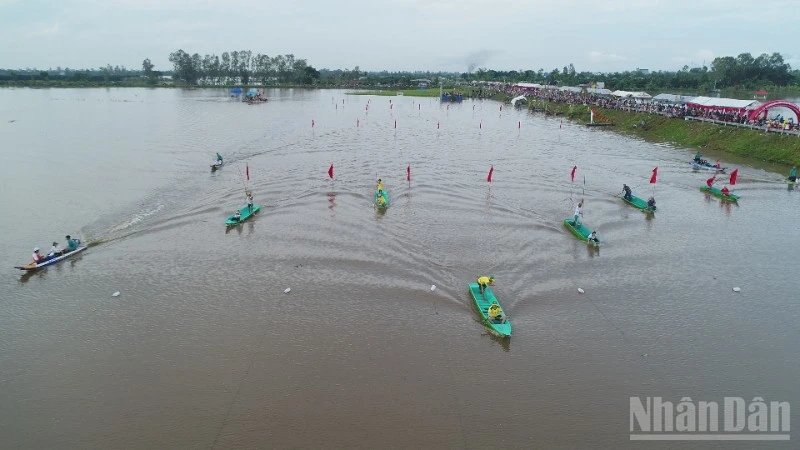According to the provincial authority, the To Vo Gate was formed by lava eruptions of the Gieng Tien volcano, creating a thick basalt layer in the area.
Over time, the basalt layer of To Vo Gate fractured and was eroded by sea waves during marine transgression.
As the middle layer of rock was less cohesive than the upper and lower layers, the impact of the waves carved out a hollow, forming a stone arch resembling a wasp’s nest, hence the name To Vo.
Thanks to its pristine, distinctive beauty and strong visual identity, the To Vo Gate has become one of the most renowned scenic sites of Quang Ngai Province and Viet Nam.
Ly Son Island lies within a maritime cultural space, with tangible and intangible cultural heritage associated with the legacies and exchanges of three civilisations—Sa Huynh, Champa and Dai Viet.
It is also closely linked with the history of safeguarding national maritime sovereignty.
The waters around Ly Son and especially the To Vo Gate area, provide a favourable environment for the growth of seagrass and coral reefs, which in turn sustain abundant marine resources.
